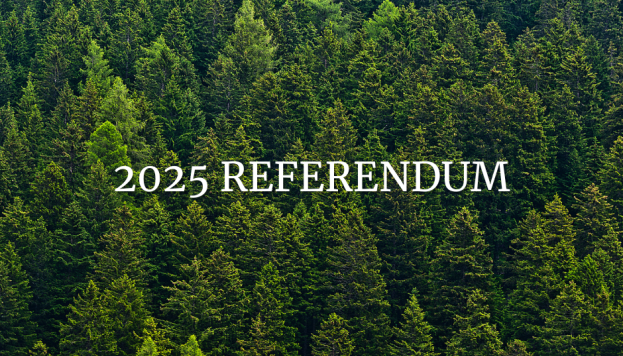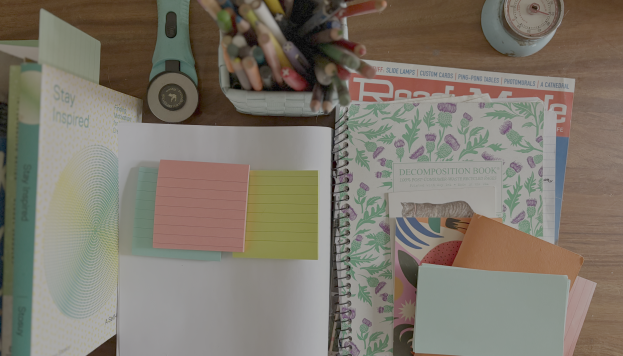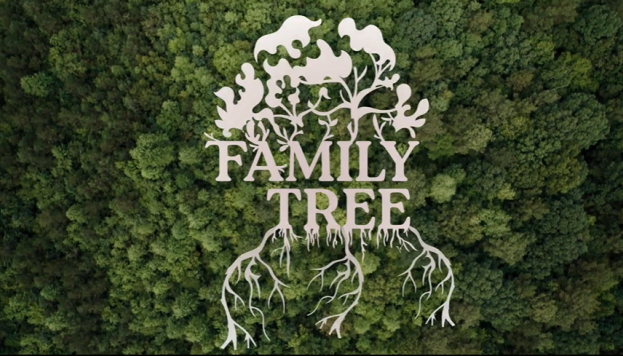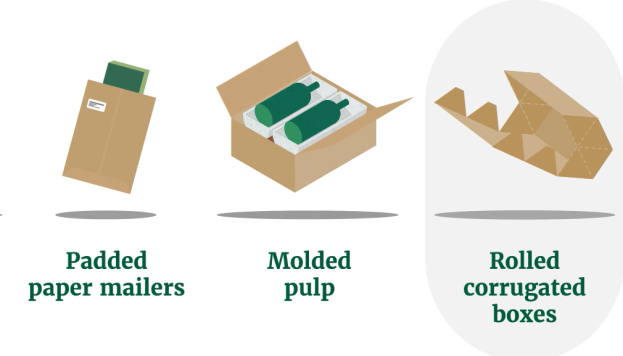What We Talk About When We Talk About Recycling Infrastructure – Demythologizing Recycling Myths
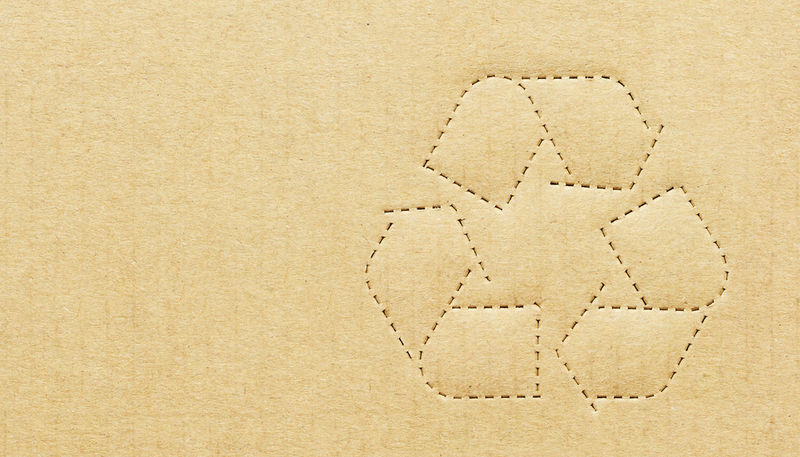
When we talk about recycling, we’re talking about infrastructure—where it’s lacking and what we should do about it. These discussions are having a moment in our national political conversation. But part of that conversation is defining what infrastructure is.
Recycling infrastructure is primarily physical. It’s the municipal trucks, the collection areas, the blue bins that go out to every household, and the hundreds of processing facilities that turn pre- and post-consumer packaging into new products.
But we’ve been thinking a lot lately about how recycling is also a set of beliefs and a set of actions. The belief that minimizing waste and maximizing sustainability and circularity are important and noble enough causes to be worth the action of separating recyclable from non-recyclable items in the home, and for some, to be worth the trips to recycling facilities in areas where curbside pickup is not available.
Those beliefs and that willingness to act didn’t emerge overnight. That infrastructure was the result of decades of investment by governments, industry, nonprofits, educators and others. For my generation, probably the first with significant awareness of problems like litter, pollution and excess waste, our earliest touchstone was the iconic 1971 anti-littering PSA from Keep America Beautiful, featuring American Indian actor Iron Eyes Cody. A vendor of ours mentioned that for his elder-Millennial cohort, it was the “Captain Planet” cartoon that played a similar role. And, of course, the “mobius loop” icon, the blue bin and the “reduce, recycle, reuse” mantra all made their way into the hearts and minds of hundreds of millions of Americans.
But it’s an unfortunate reality that it is much harder to learn a thing than it is to forget it. And that’s something a lot of us have been thinking about since recycling infrastructure—and recycling habits—were disrupted. First by shocks in the global market for raw recovered materials, like old, corrugated packaging, which forms the backbone of the system and keeps it financially feasible. Second, by huge shifts in consumption driven by the covid pandemic. And third by a rising awareness of the sustainability challenges of certain non-paper materials.
We know that global markets for recovered materials rebounded, that recycling driven by small and large businesses is going to return as the economy reopens and the pandemic (we pray) ebbs. And that our companies and others are investing in new manufacturing capacity to turn recycled materials into new products, and new technology to expand the range of material we can remake.
But the negative news coverage about whether recycling is worth it or really works and the pessimism about recycling, can affect the beliefs and the commitment to action that forms the other critical part of our recycling infrastructure. And so we’re spending a lot of time thinking about what we can do as an organization to clear up some of the myths that are feeding it, and to reinforce the vitality of the beliefs and the ethic that drives so many Americans to recycle.
It’s going to be a huge challenge. I’ll cite just three reasons why. The first is that bad news is likelier to be reported than good. Just about the only coverage of recycling we see in the mainstream (as opposed to trade) press is when something has gone wrong.
The second is that some of some myths persist even in the face of major public education initiatives. Our peer organizations make great efforts to alert the public to ongoing innovations that make different kinds of paper-based packaging—from pizza boxes to coffee cups—more recyclable at more facilities. But we’re still seeing some local governments behind the curve on what can be recycled, where, and how. On some product categories, our industry is miles from where we were on even five or ten years ago. But myths about what can be recycled and what must go to the landfill persist. We’ve got to do something about that.
And the third reason is built into the recycling system itself. Localities around the country adopted “single stream” recycling in the last 10-20 years, replacing multiple receptacles for plastic, glass, aluminum and paper, with the one blue bin. That had some nice benefits, making it easier for households to recycle and likely driving up adoption.
But it has also contributed to a narrative in which the recyclability profiles of different materials are conflated in which paper is lumped in with everything else that can go into the blue bin in any given jurisdiction. And that in turn leads some to think that recycling as a whole is only as strong as its weakest link.
But the reality is recycling is a smashing success story when it comes to pulp and paper. It’s the most recycled material in the country, and one that comes from a natural, renewable and biodegradable material to boot. But in so many areas, our material goes into the same system as others with far lower recycling rates, far more confusion about what can and cannot be processed, and far more dire consequences should those materials make it out of the circular economy and into our landfills or our oceans.
How do we make sure that consumers know that paper and packaging is part of the solution?
We have some good ideas, and more importantly, we’ve resolved ourselves as an organization to making this a top priority in the coming months and years.
We have to not only grow our physical recycling infrastructure, but protect the behavioral, even the emotional infrastructure—the belief in and habit of recycling—that makes it all work. We can’t get to a circular economy without it.
